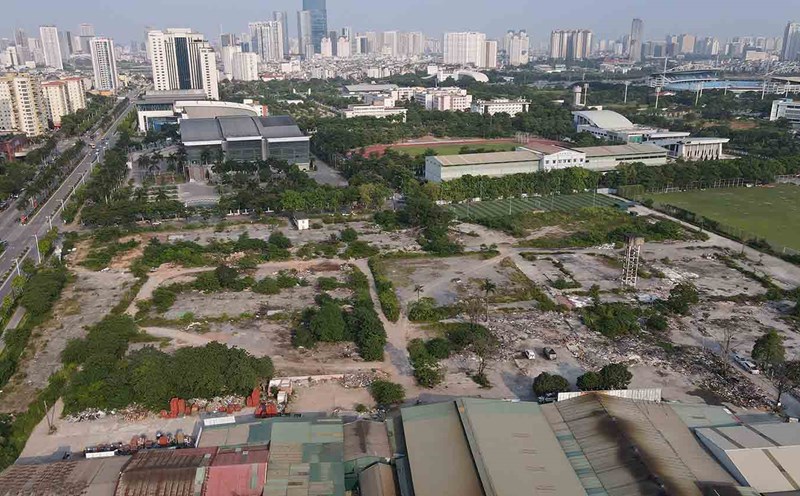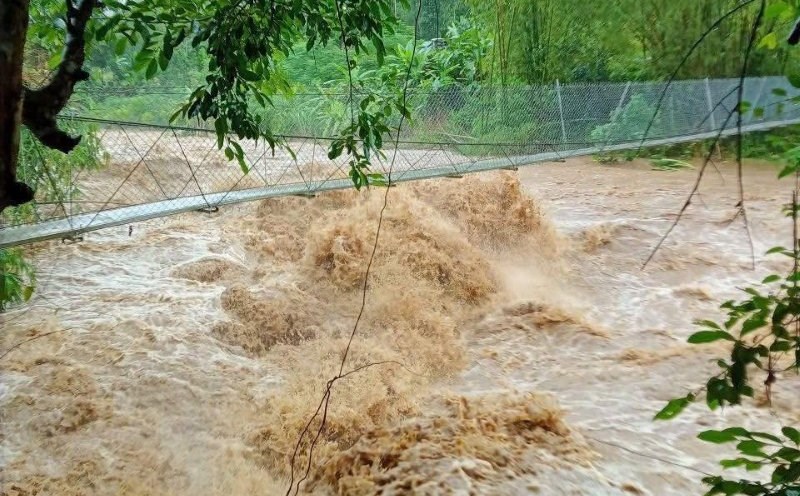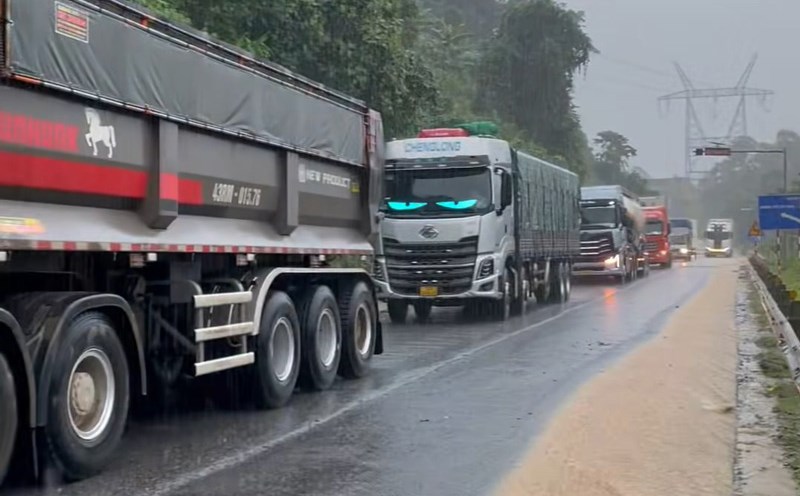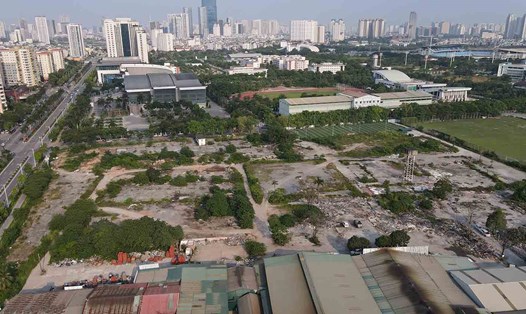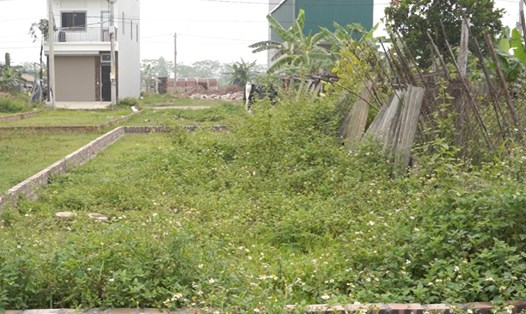According to the Government's submission, the Resolution aims to promptly remove "bottlenecks" in land arising from practice. At the same time, it contributes to the implementation of socio-economic development goals, improving the effectiveness and efficiency of land management and use...
The draft Resolution stipulates the basis for calculating land use fees, land rents, and compensation when the State reclaims land: land prices according to the land price list; land price adjustment coefficient; land use fee collection rate for each type of land by subject, form of land use.
Supplementing regulations on the basis of calculating compensation when the State reclaims land, based on land prices according to the land price list and land price adjustment coefficient; at the same time, when this Resolution is issued, the Government will supplement regulations on support policies to ensure the rights of people whose land is reclaimed and the land recovery is smooth.
The proposal to apply the land price list, the basis for calculating land use fees, land rents, and compensation when the State reclaims land is based on the analysis of the advantages and disadvantages of applying specific land prices according to current regulations and applying the land price list according to the draft Resolution.
Accordingly, regarding the determination of specific land prices according to the 2024 Land Law, it is necessary to ensure that the calculation of financial obligations is consistent with the use of land for each specific purpose, increase accuracy, and avoid budget losses.
Land prices for compensation are more suitable with market land prices, minimizing complaints from people when the State reclaims land.
However, there are some limitations such as not fully institutionalizing the State's viewpoint of exercising owners' rights through land price decision in Resolution No. 18-NQ/TW.
Difficulty in collecting input information when valuing land; difficulty in selecting a consulting organization to determine land prices.
Or such as a long, time-consuming procedure; easily negative situations occurring during the implementation of procedures on investment, planning, construction, etc., affecting information and data when determining and deciding on specific land prices.
Regarding the application of the land price list according to the draft Resolution, there are many advantages such as publicity, transparency, ease of calculation, speeding up the determination of financial obligations; speeding up compensation, quickly reclaiming land to implement investment projects;...
In addition, there are some limitations such as only reflecting the relatively land price decided by the State for each case, which may reduce the budget revenue from land use fees and land rents.
Compensation when the State reclaims land may be lower than the current application of specific land prices, leading to complaints from people when the State reclaims land.
Or when applying the land price list to all cases, it is necessary to stipulate how to apply the land price list when calculating additional financial obligations of the project due to adjusting detailed construction planning.
For the policy of applying the land price list and land price adjustment coefficient according to the draft Resolution to be effective, it is necessary to simultaneously implement the contents.
Typically, it is necessary to consistently view land as the input of production and business activities and not focus on the issue of increasing budget revenue from land use fees and land rents.
Study the adjustment of tax rates for types and forms of business of organizations to regulate the added value from land to compensate for budget revenue due to reduced revenue from land use fees and land rents.
At the same time, study other appropriate support policies for people whose land is recovered to limit complaints; study policies for real estate market management and regulation to prevent price increases due to speculation.

